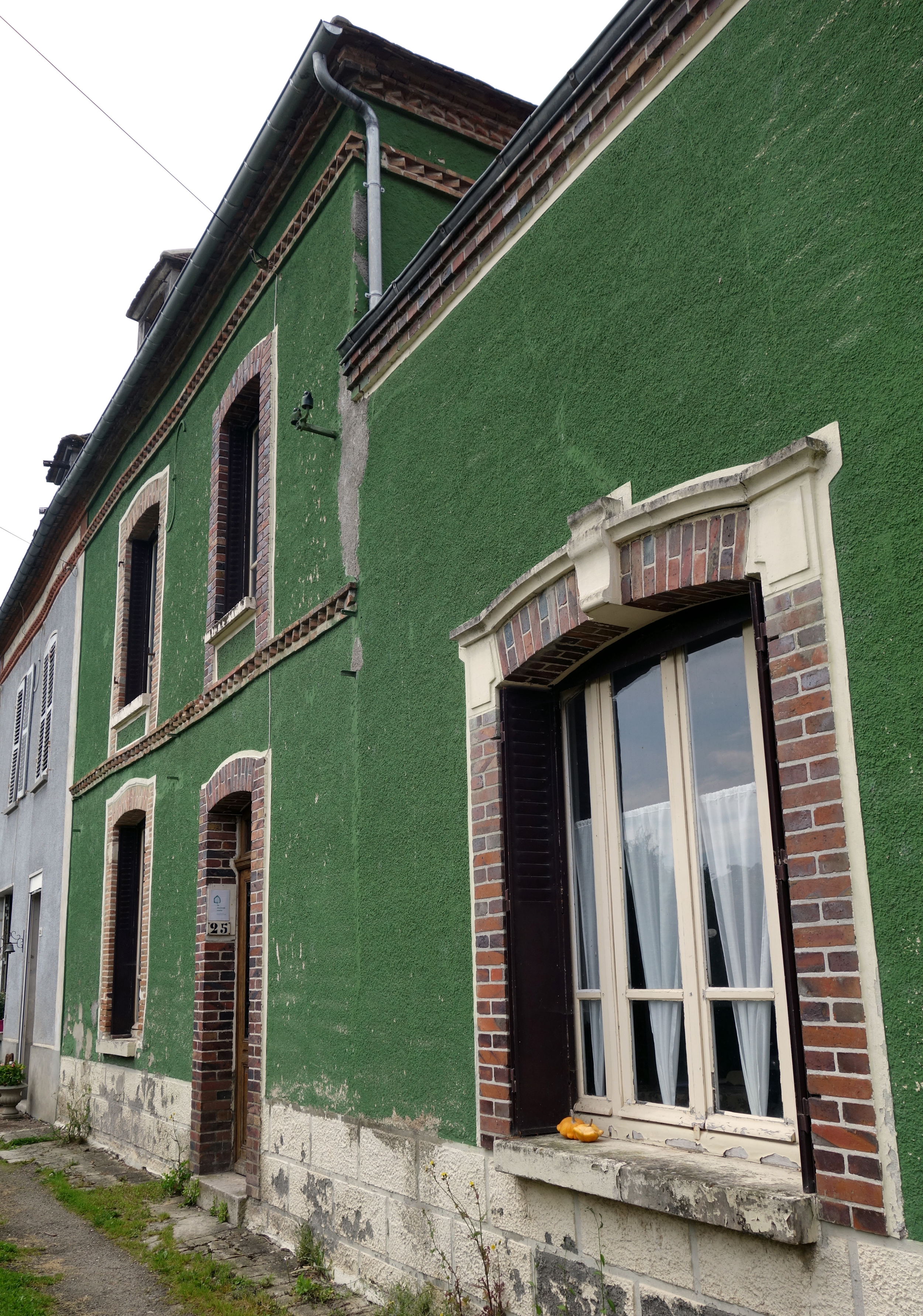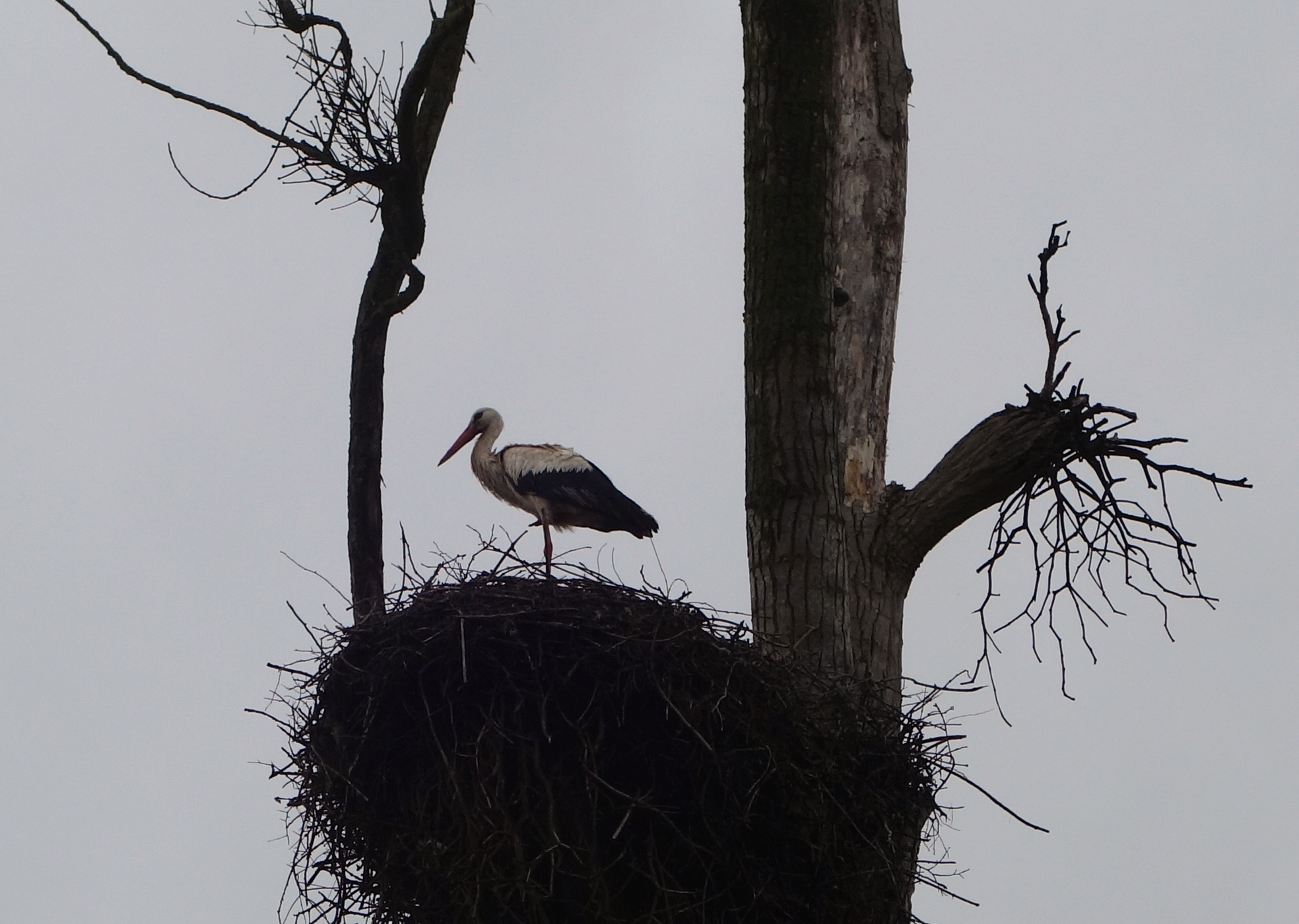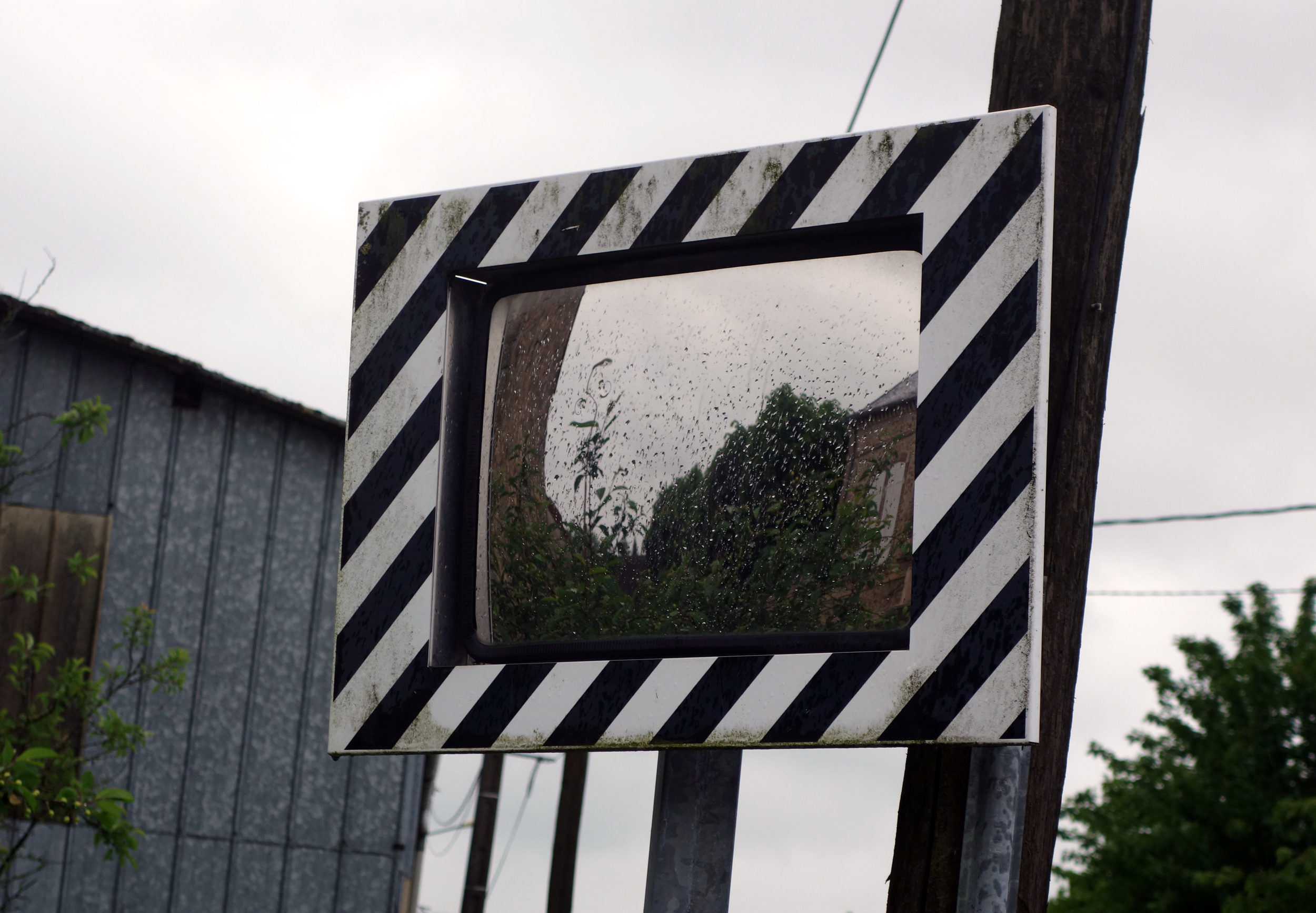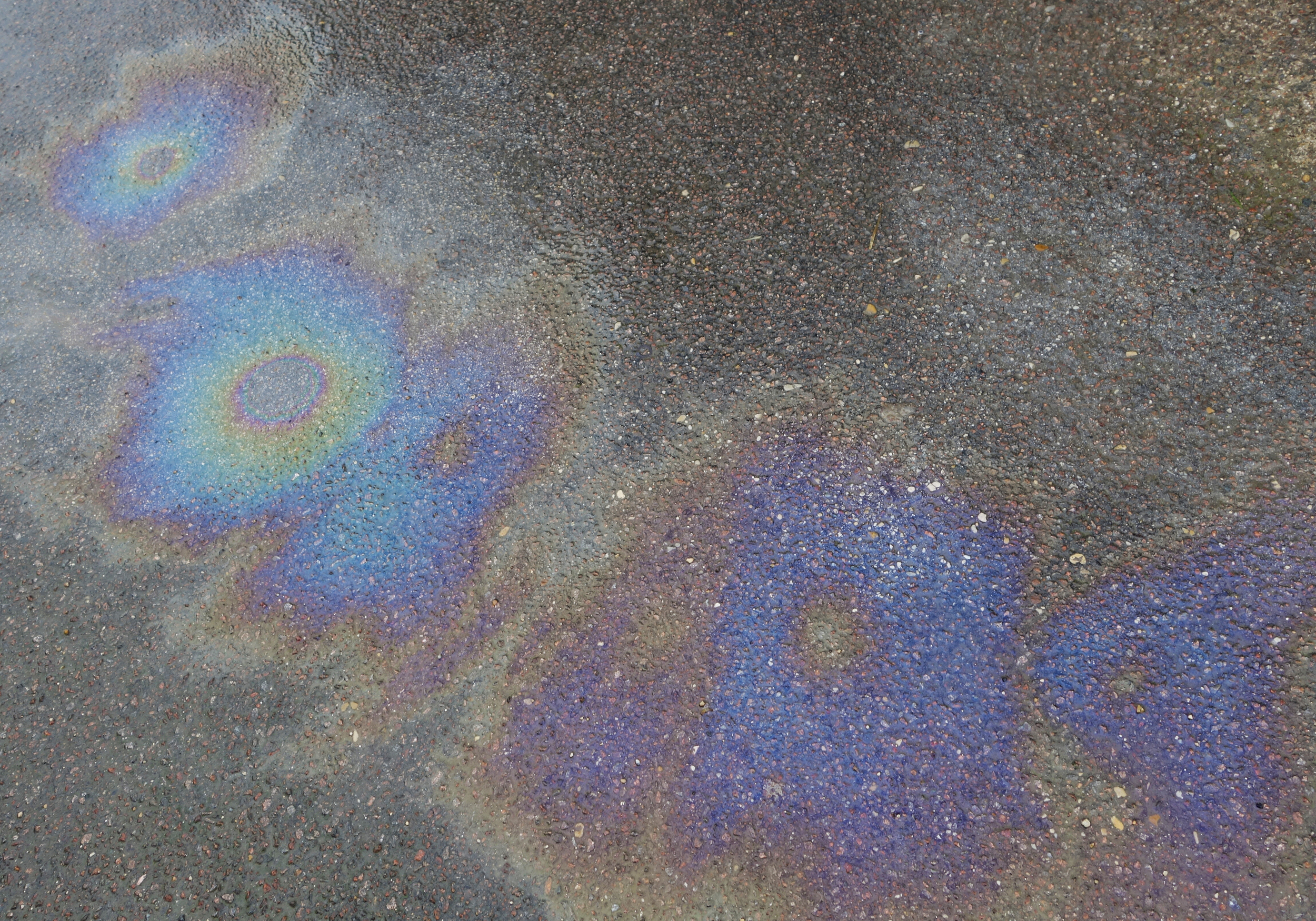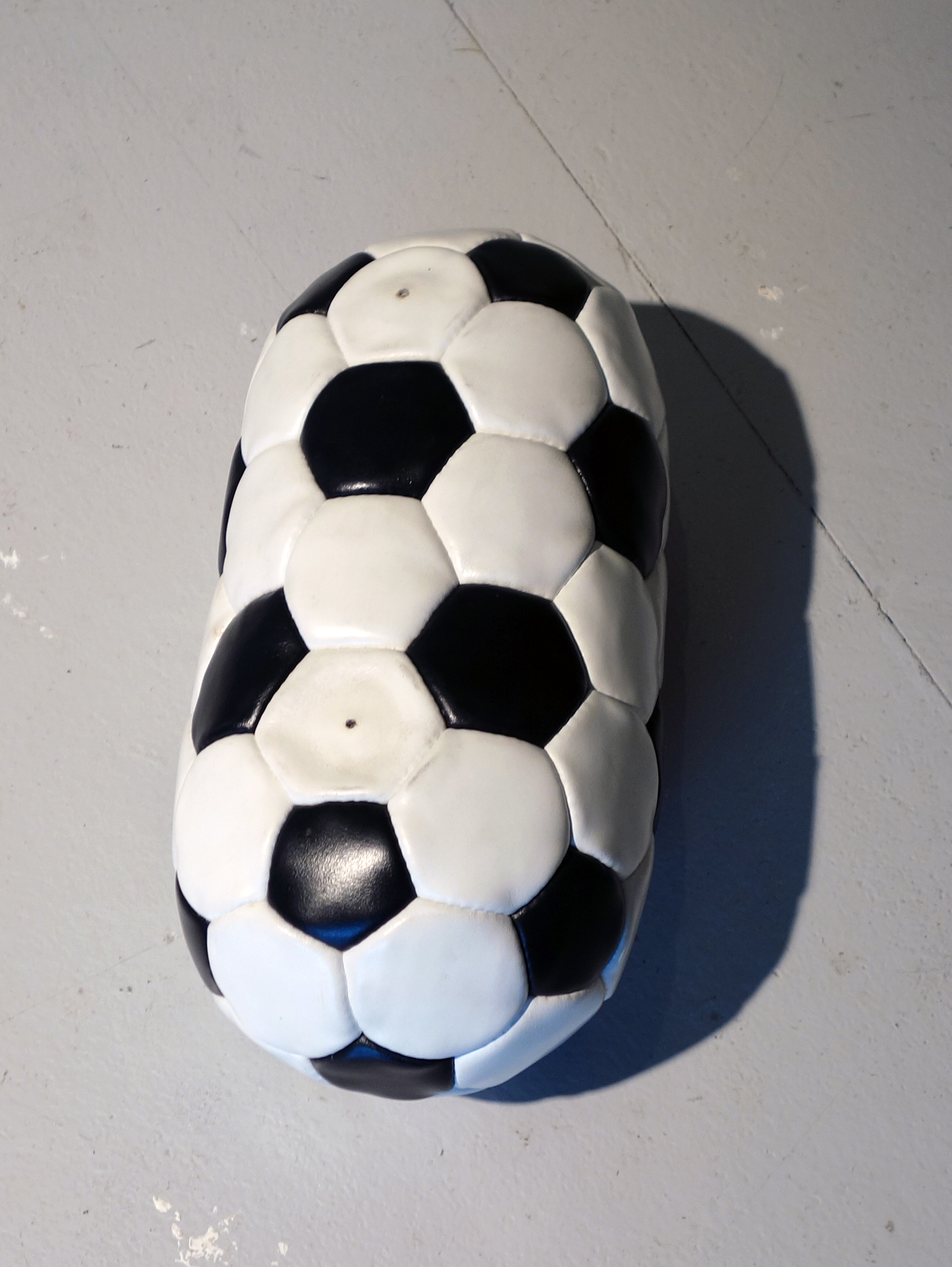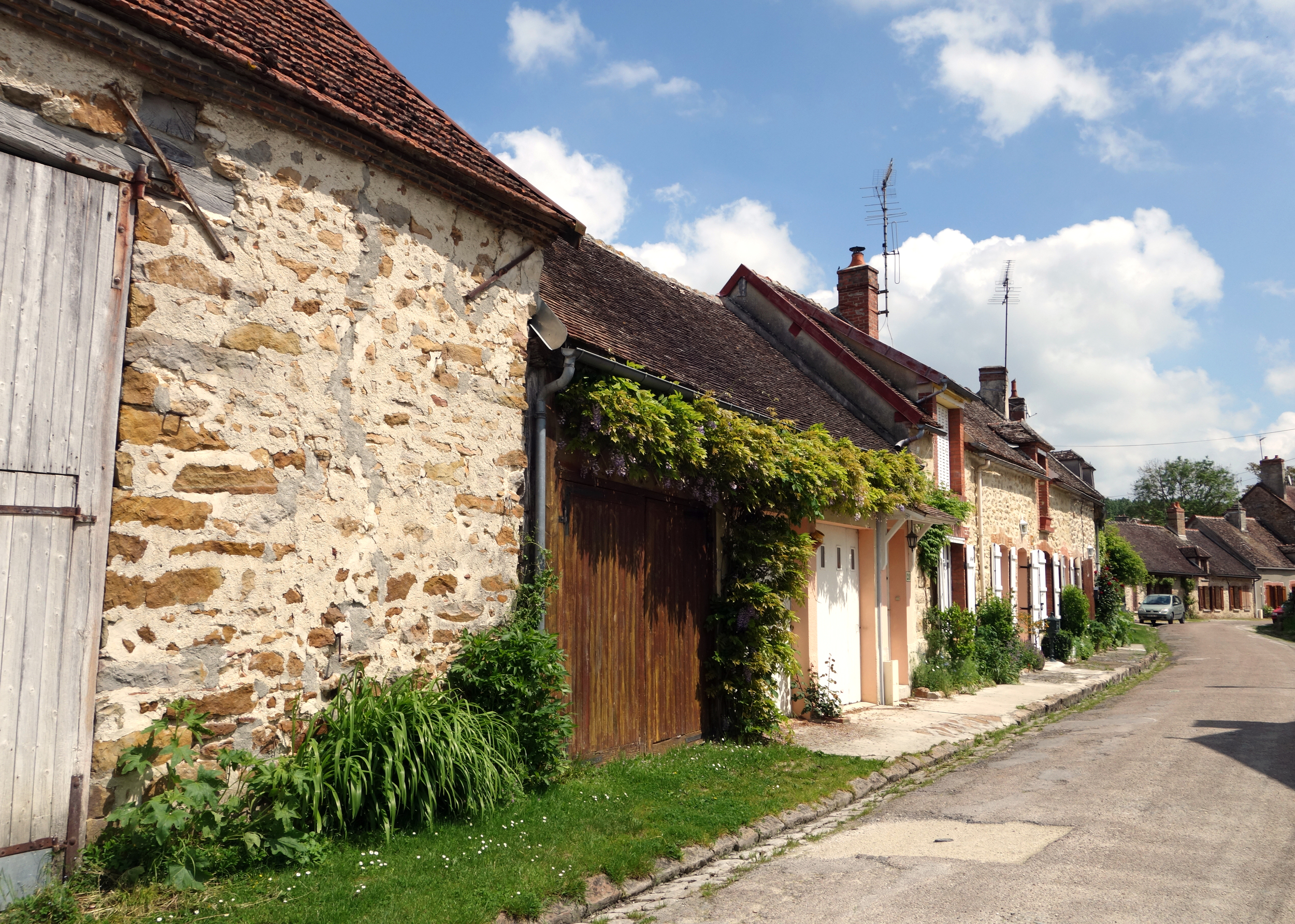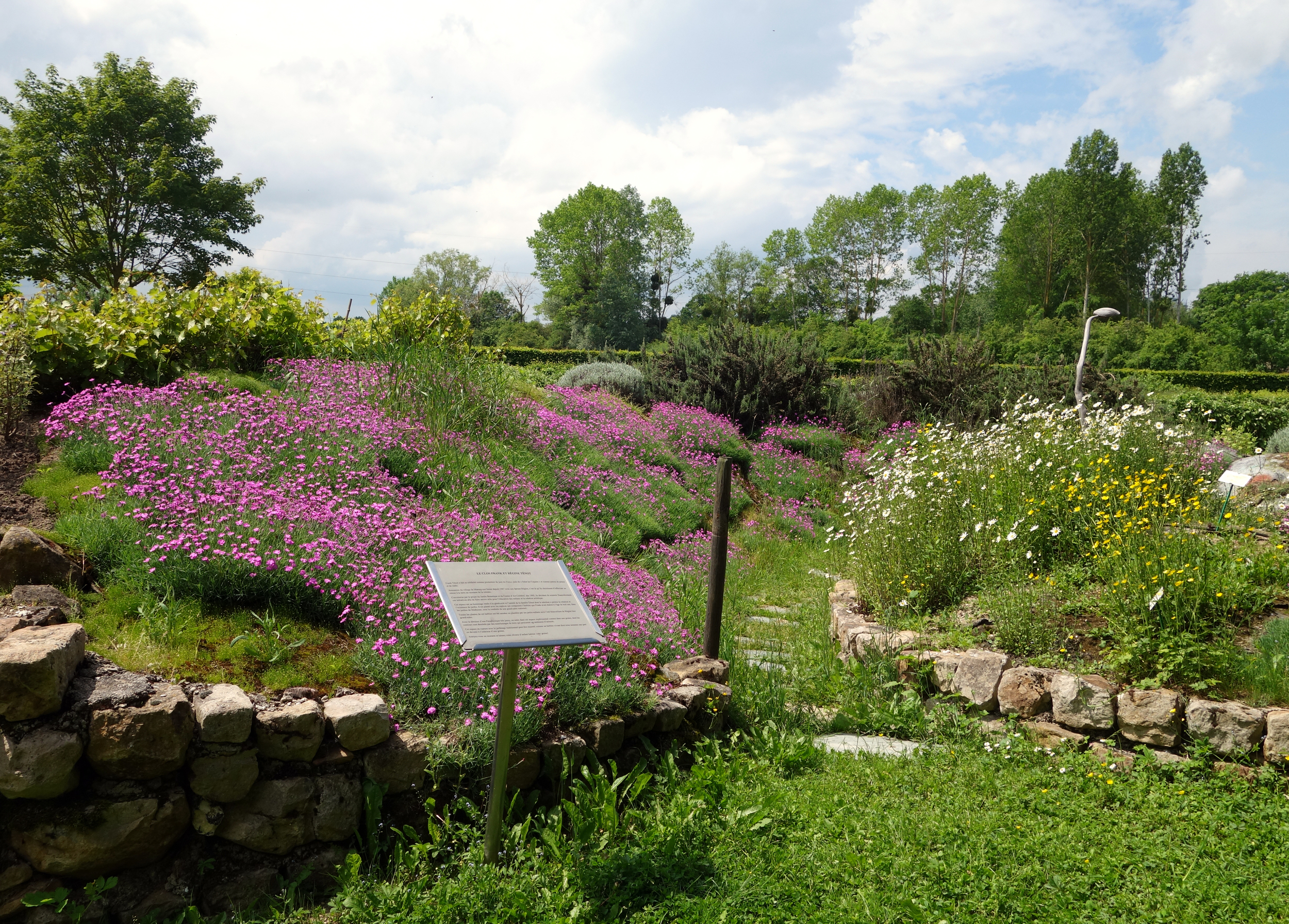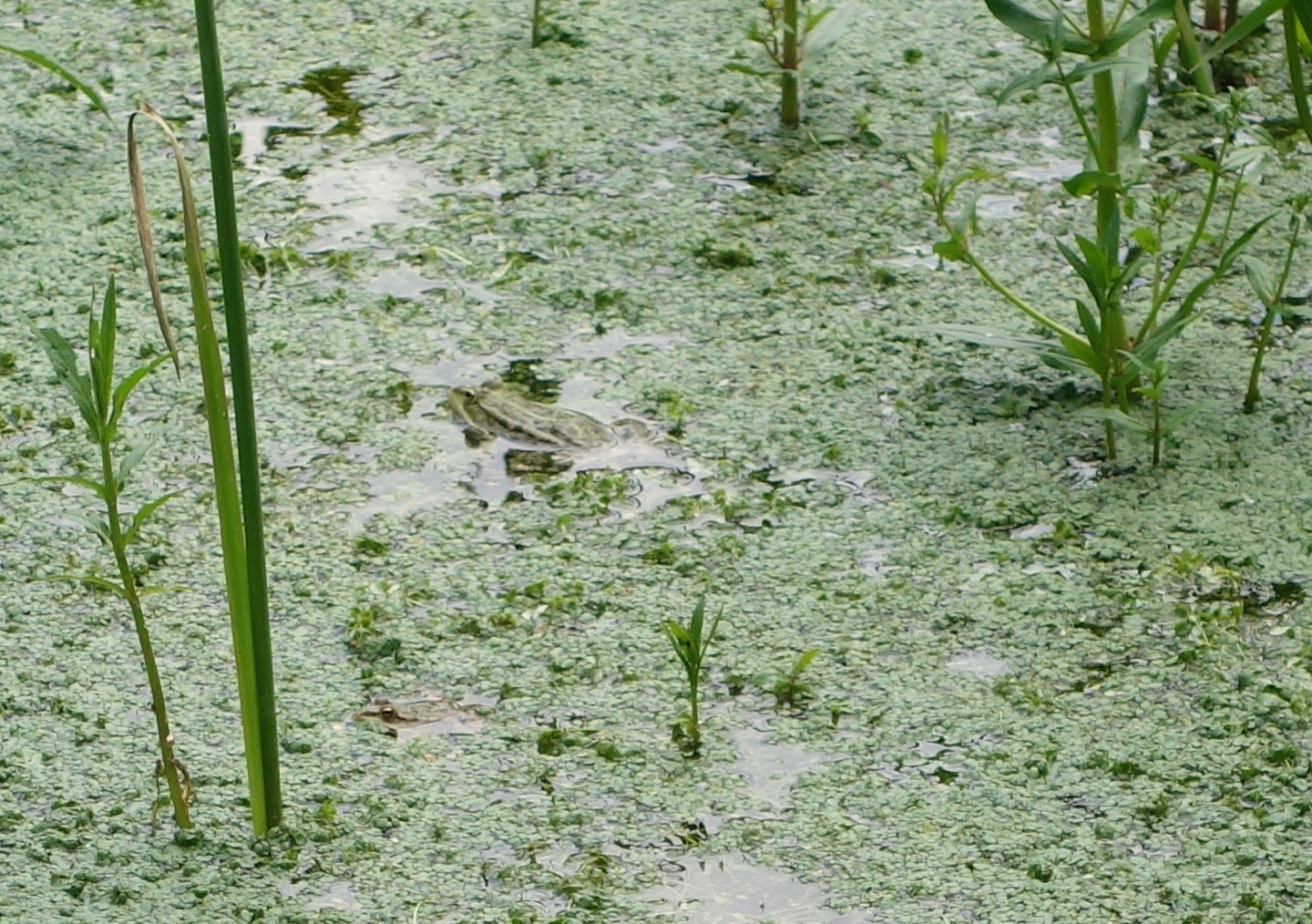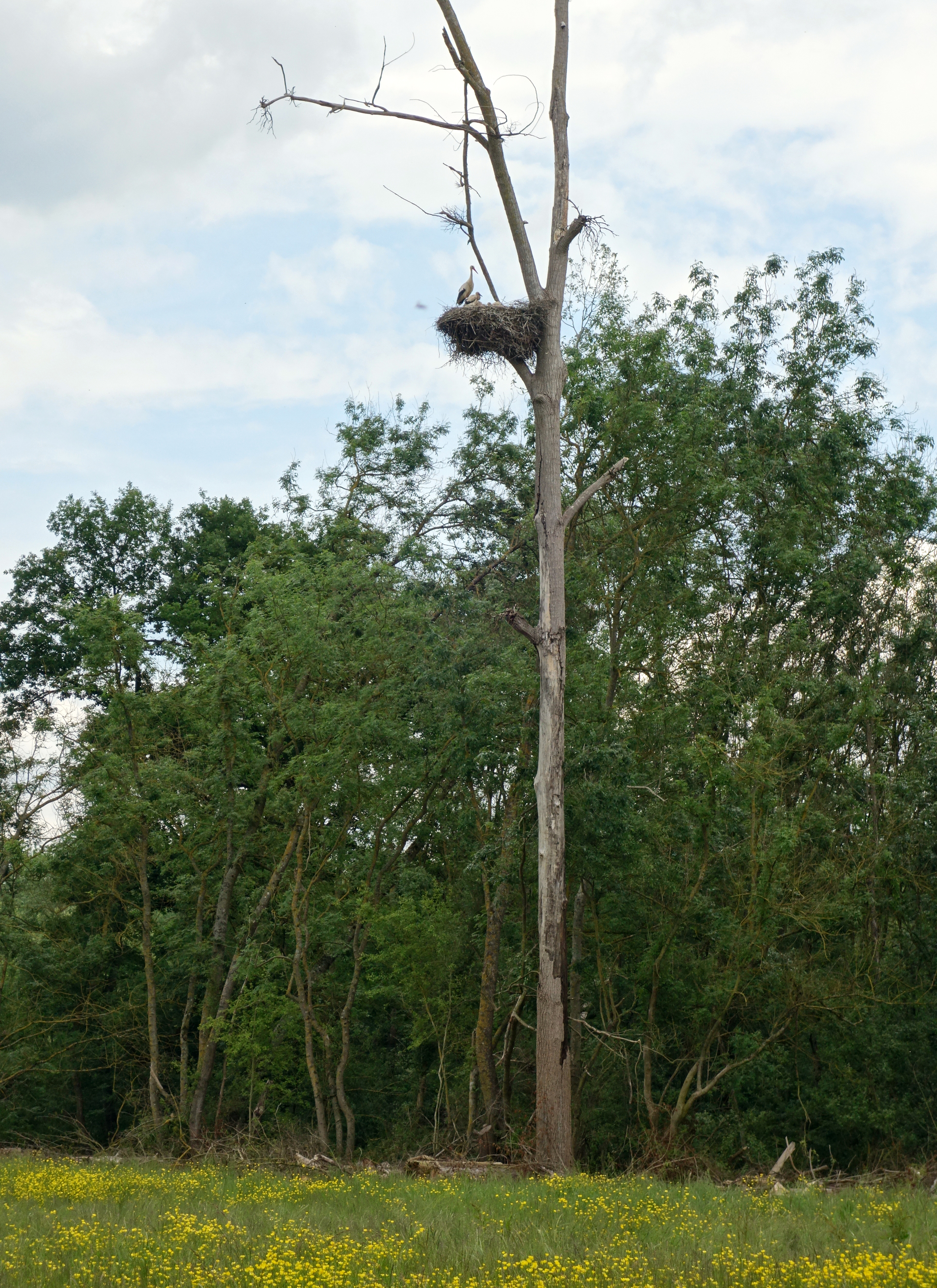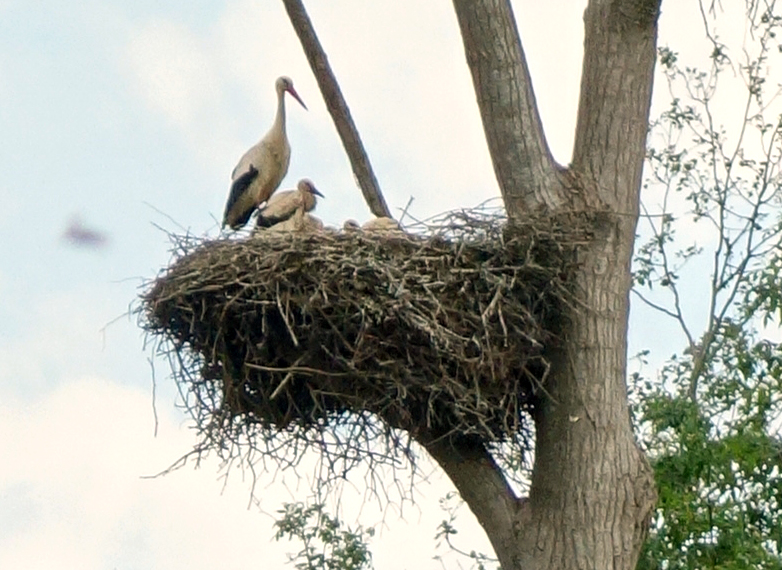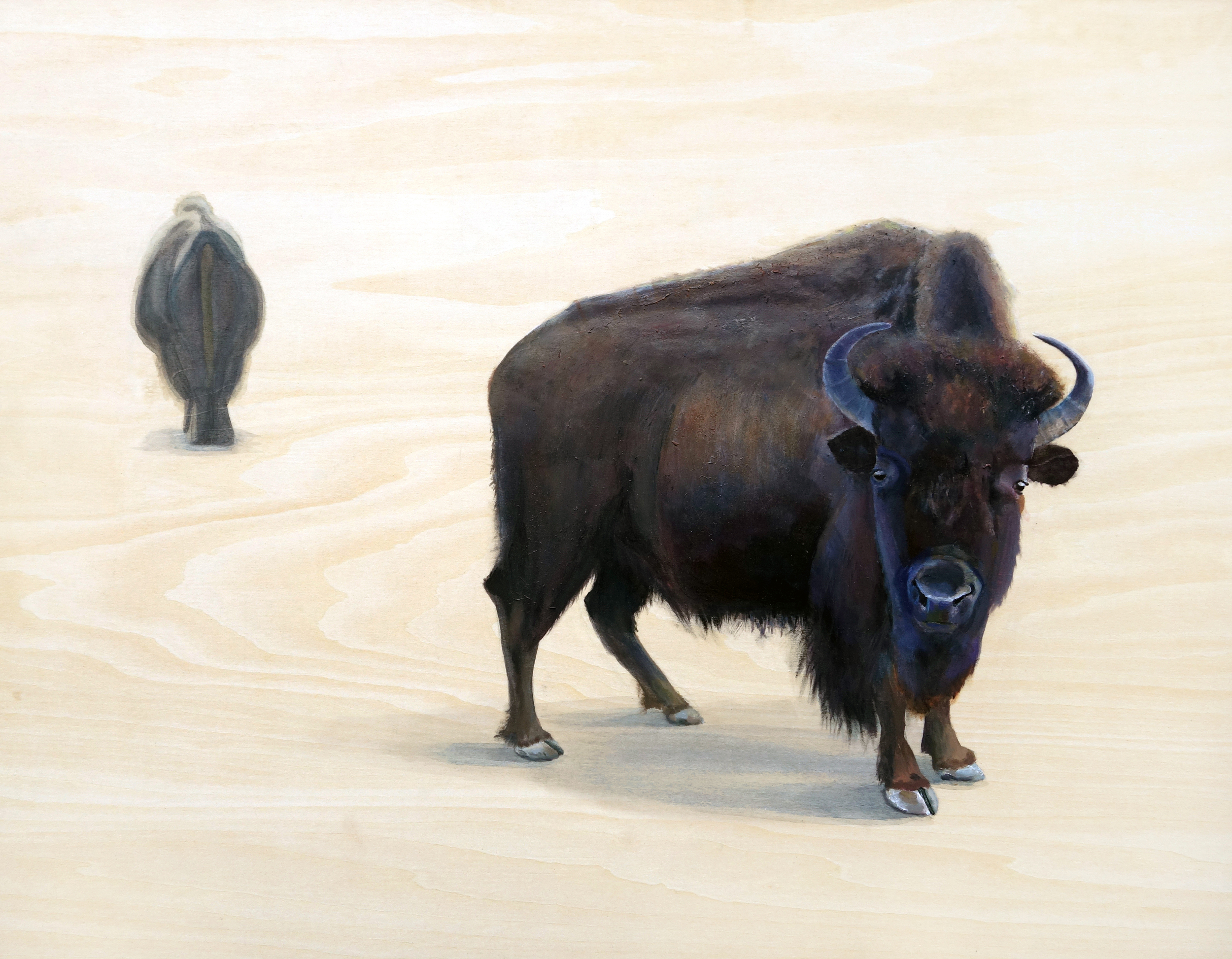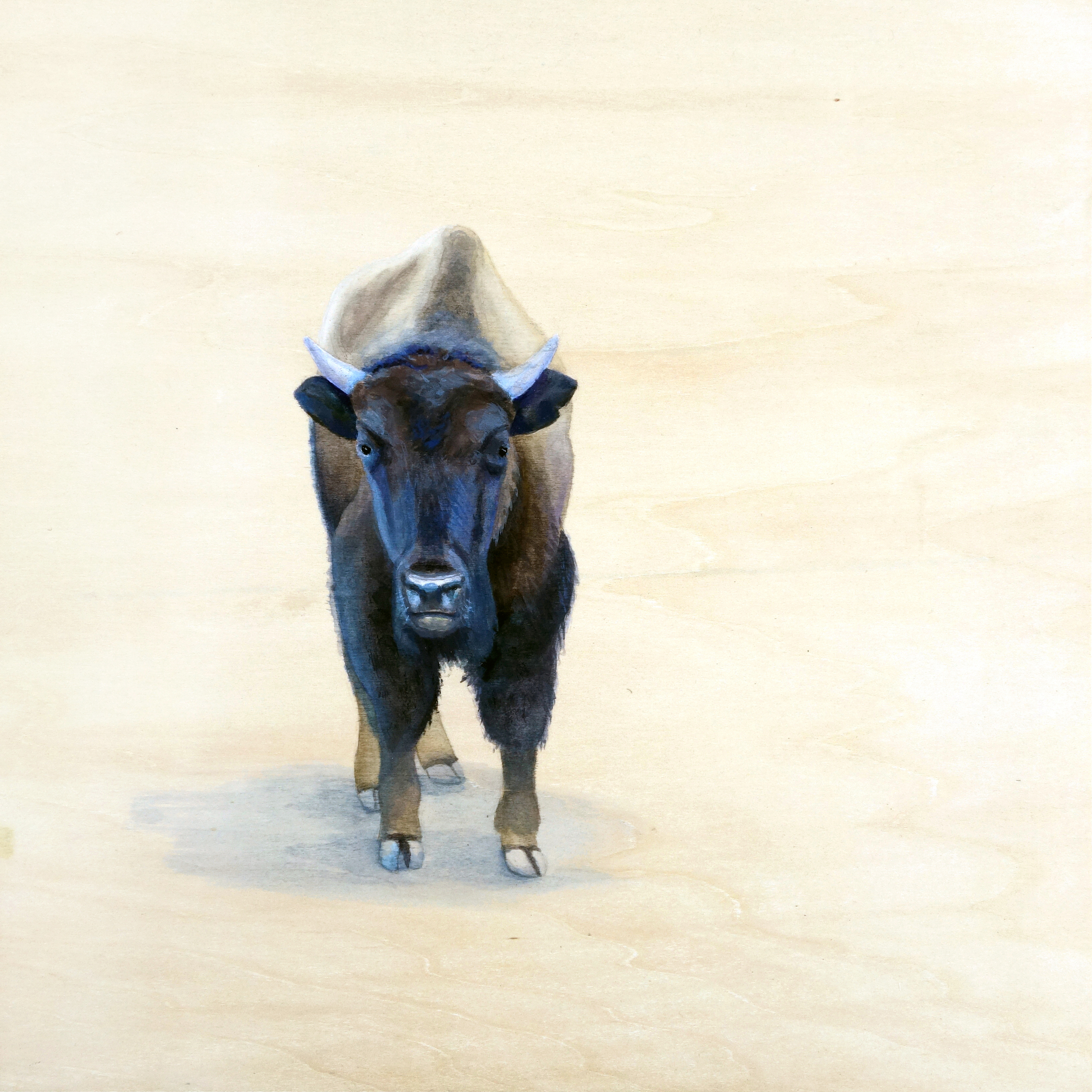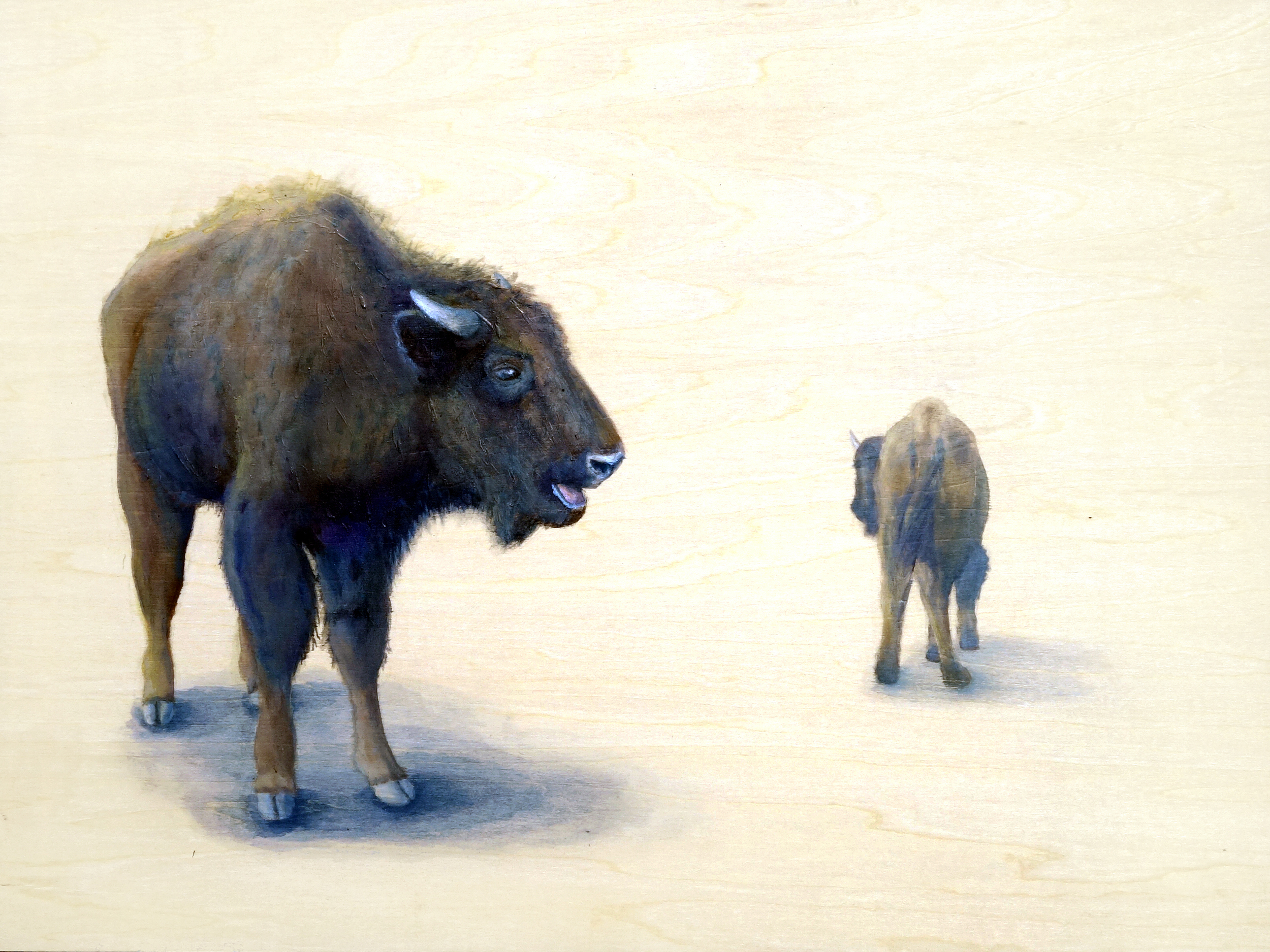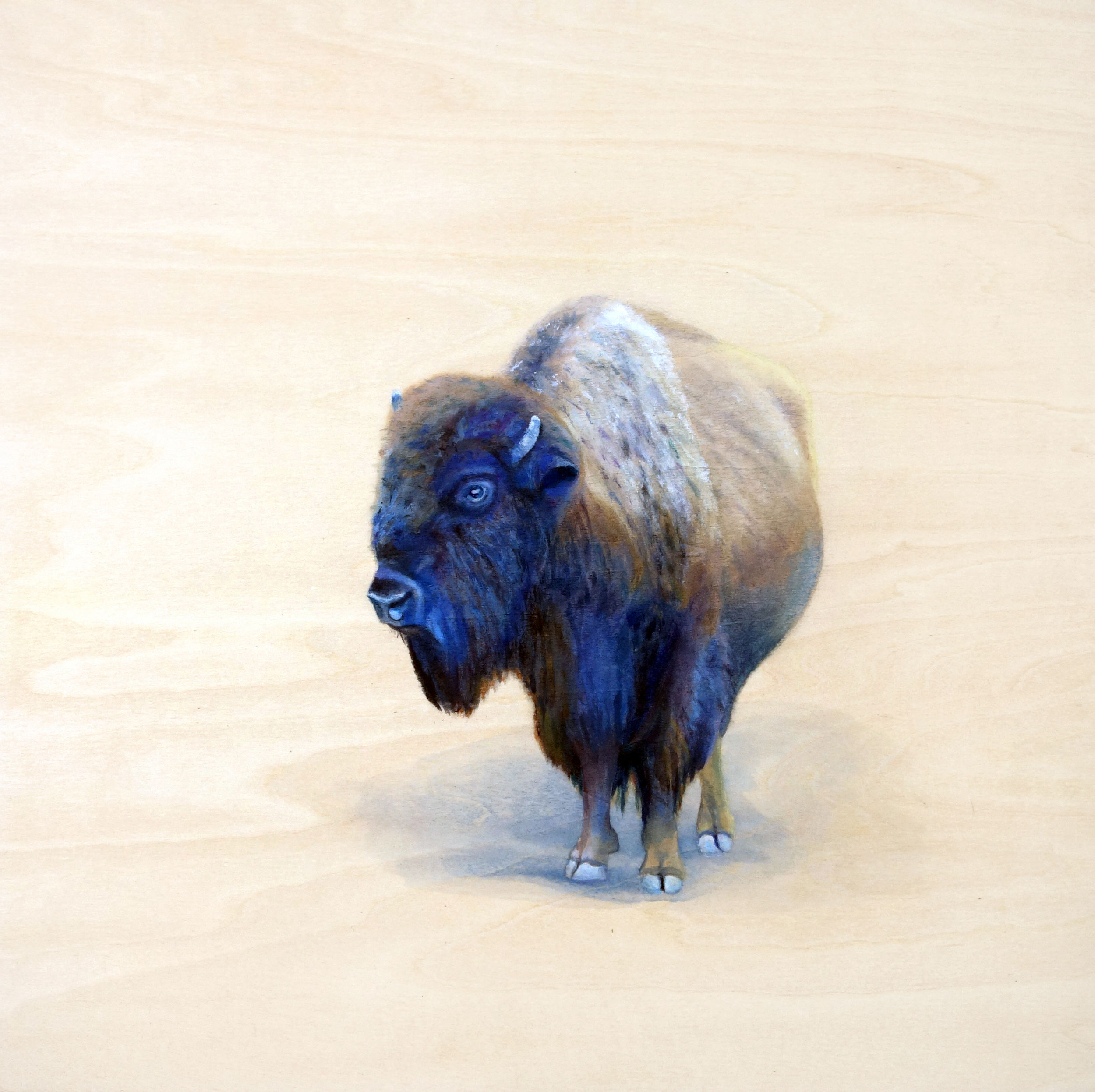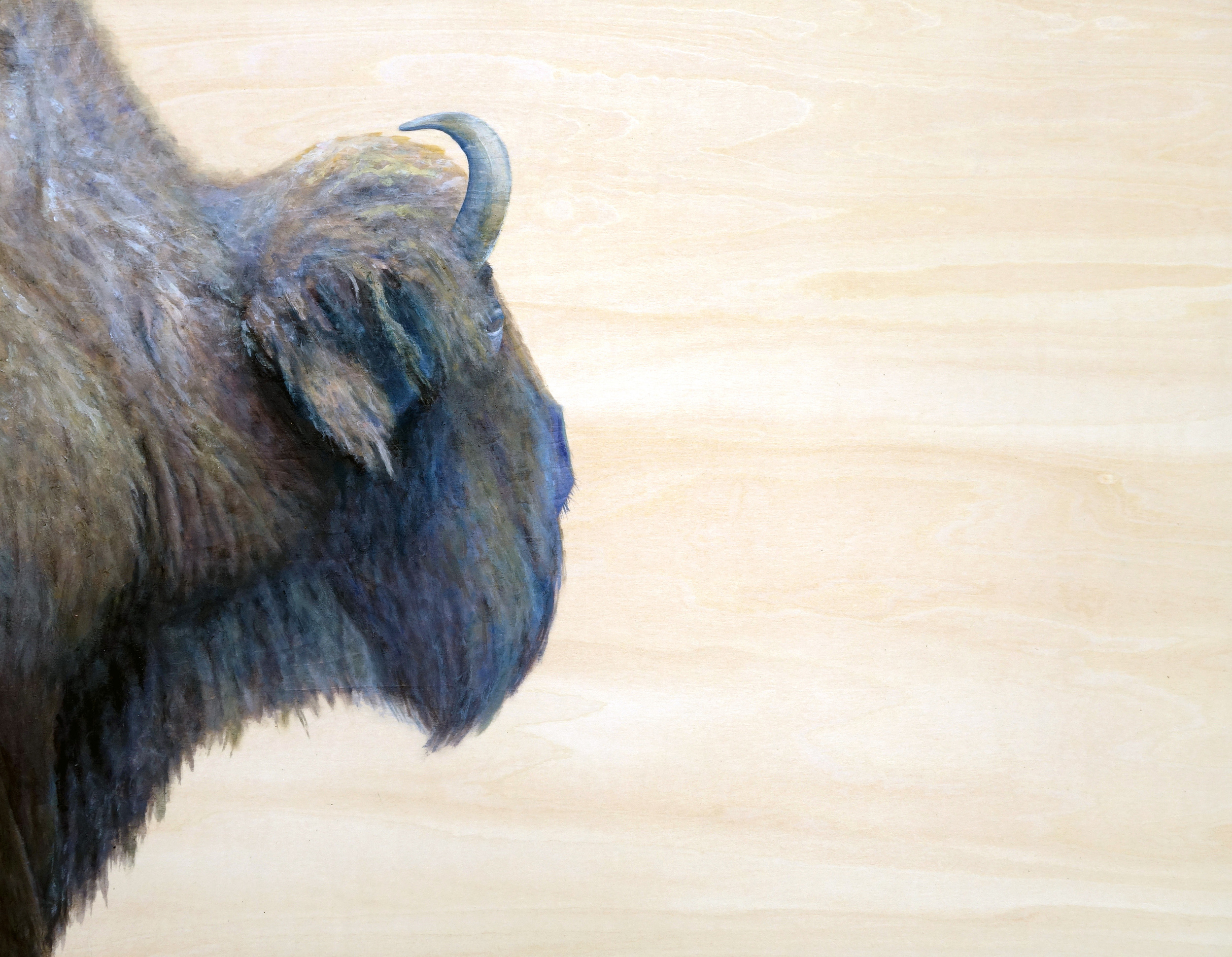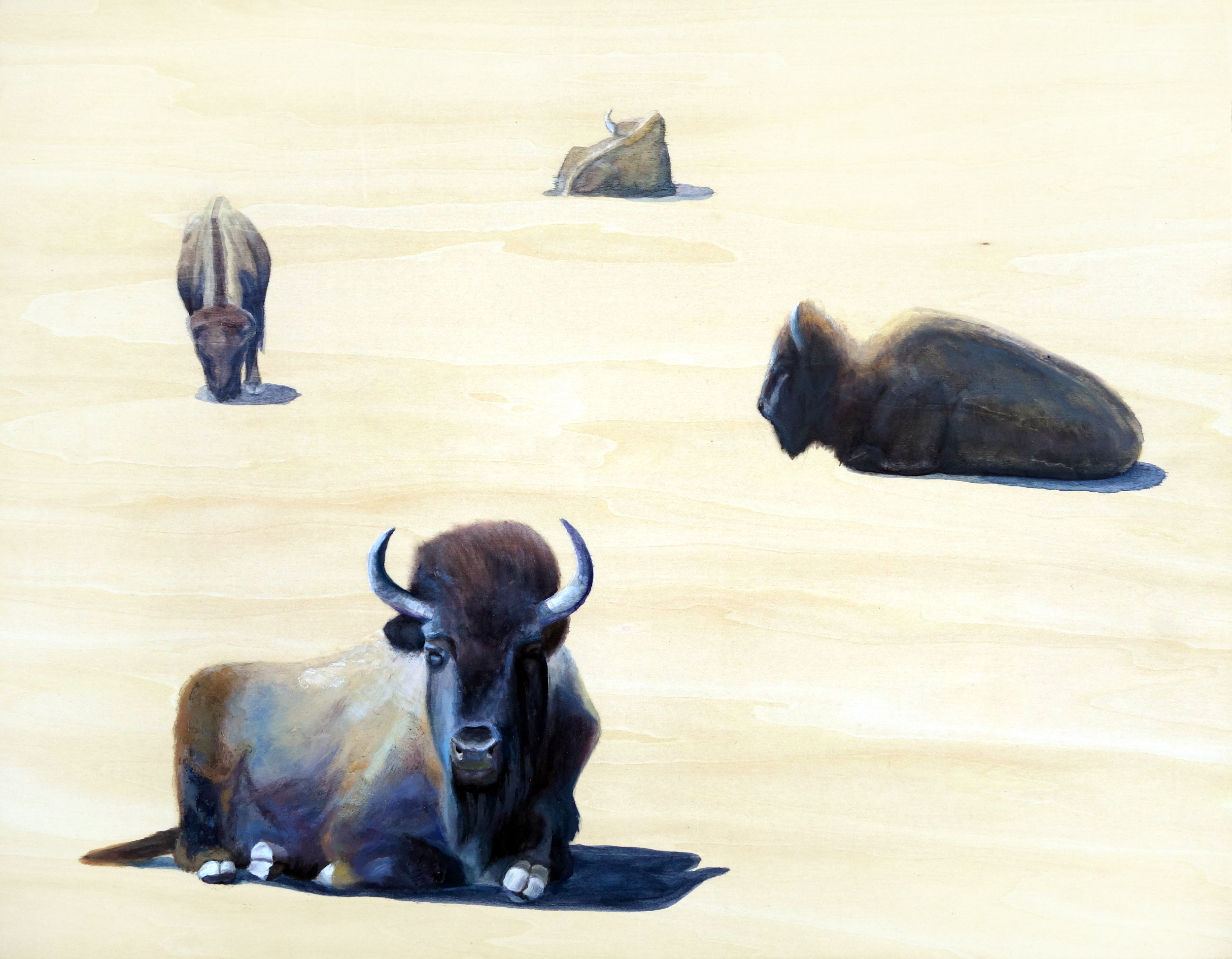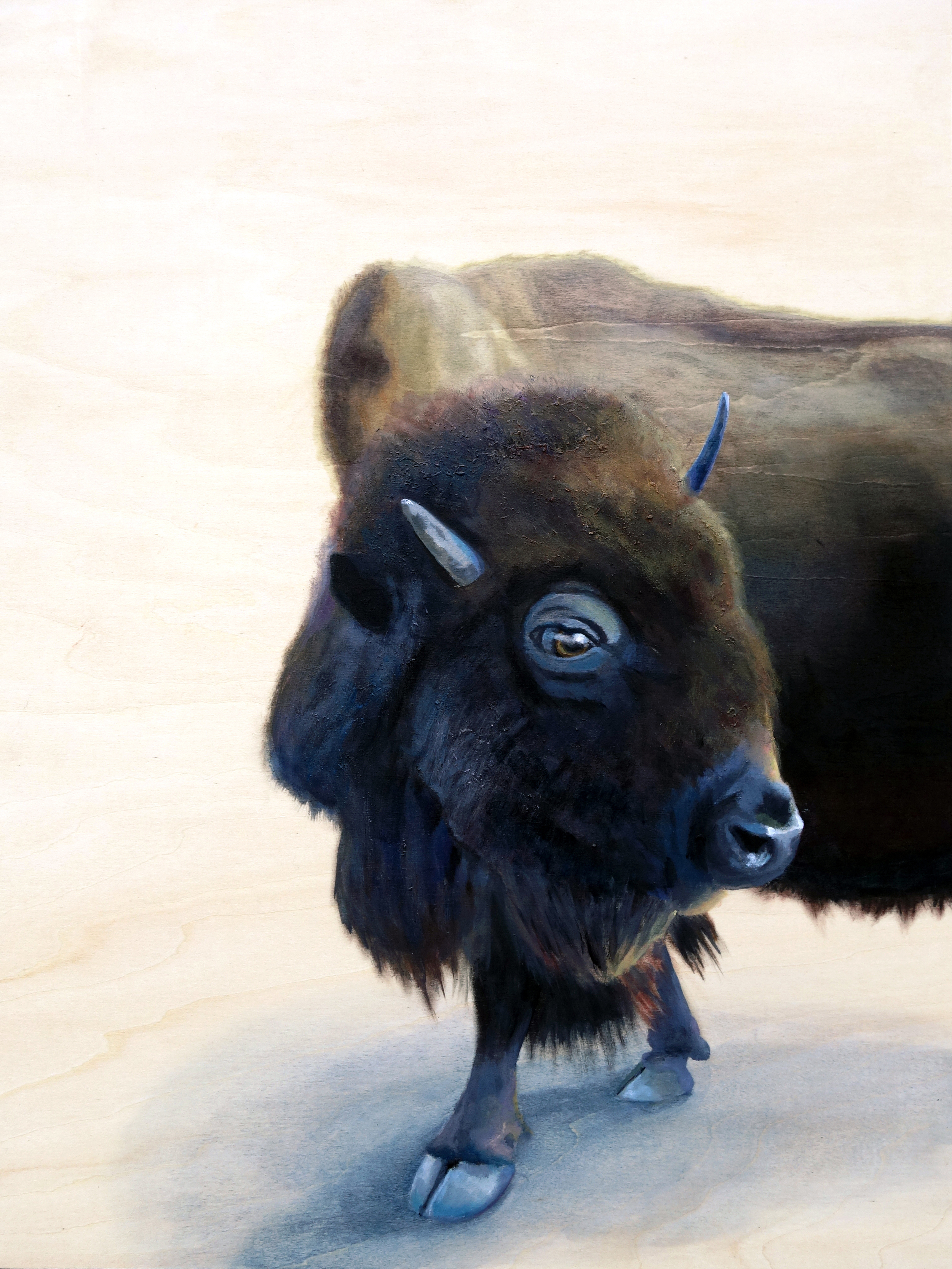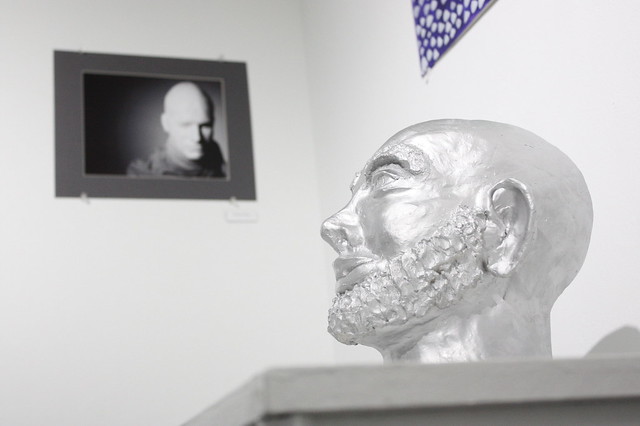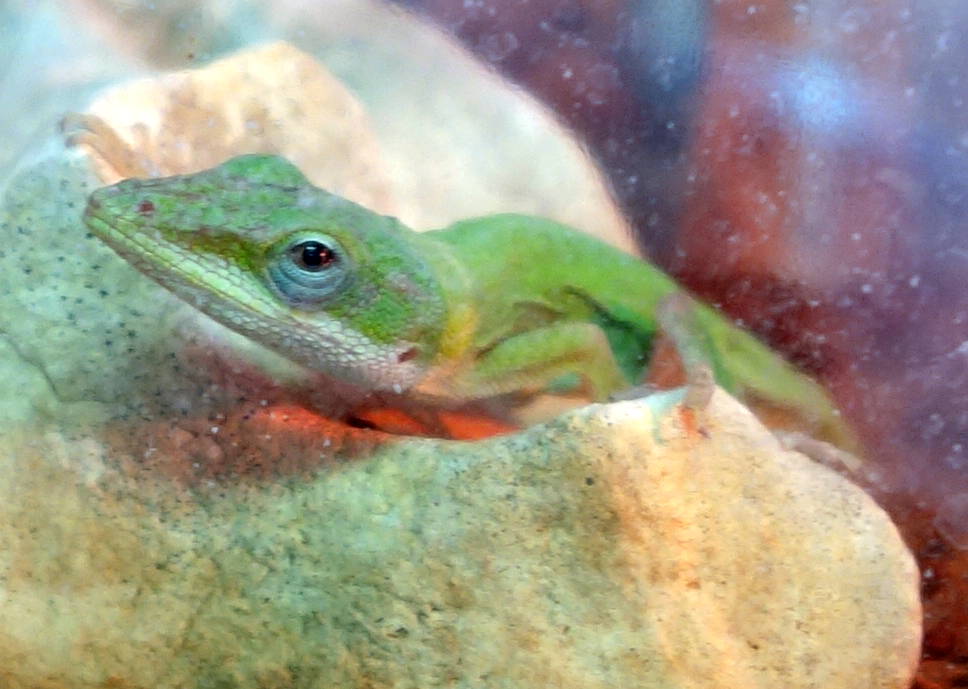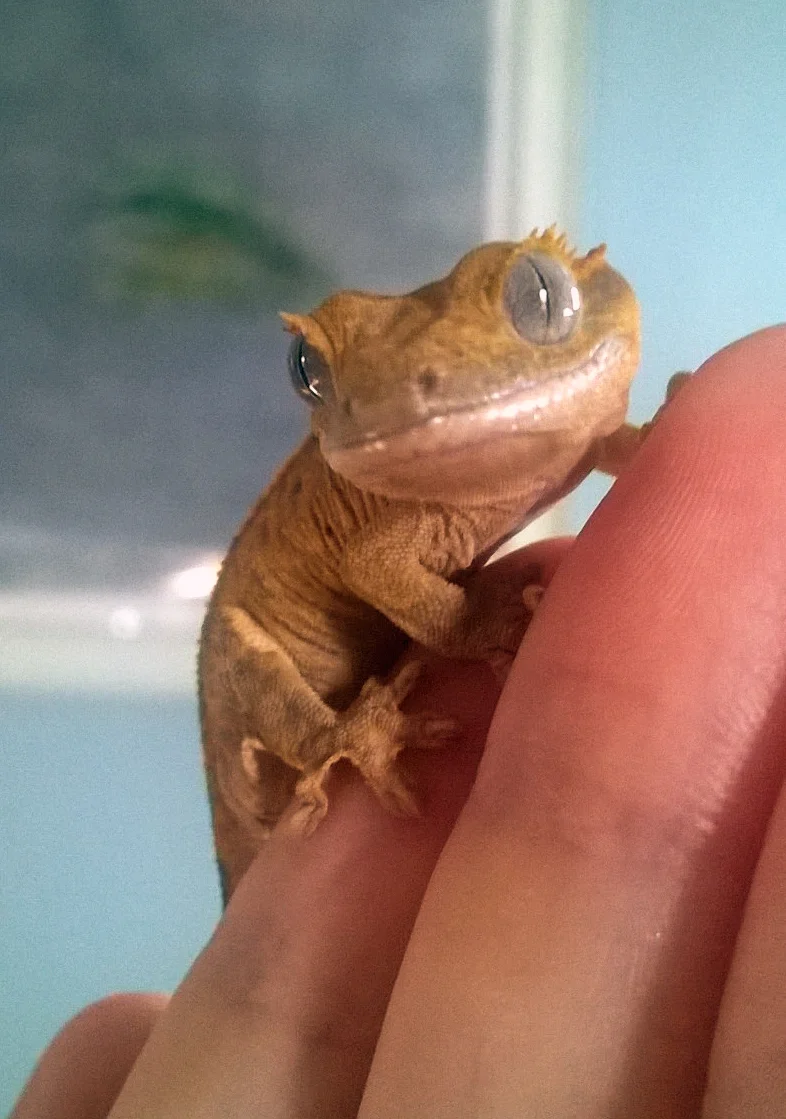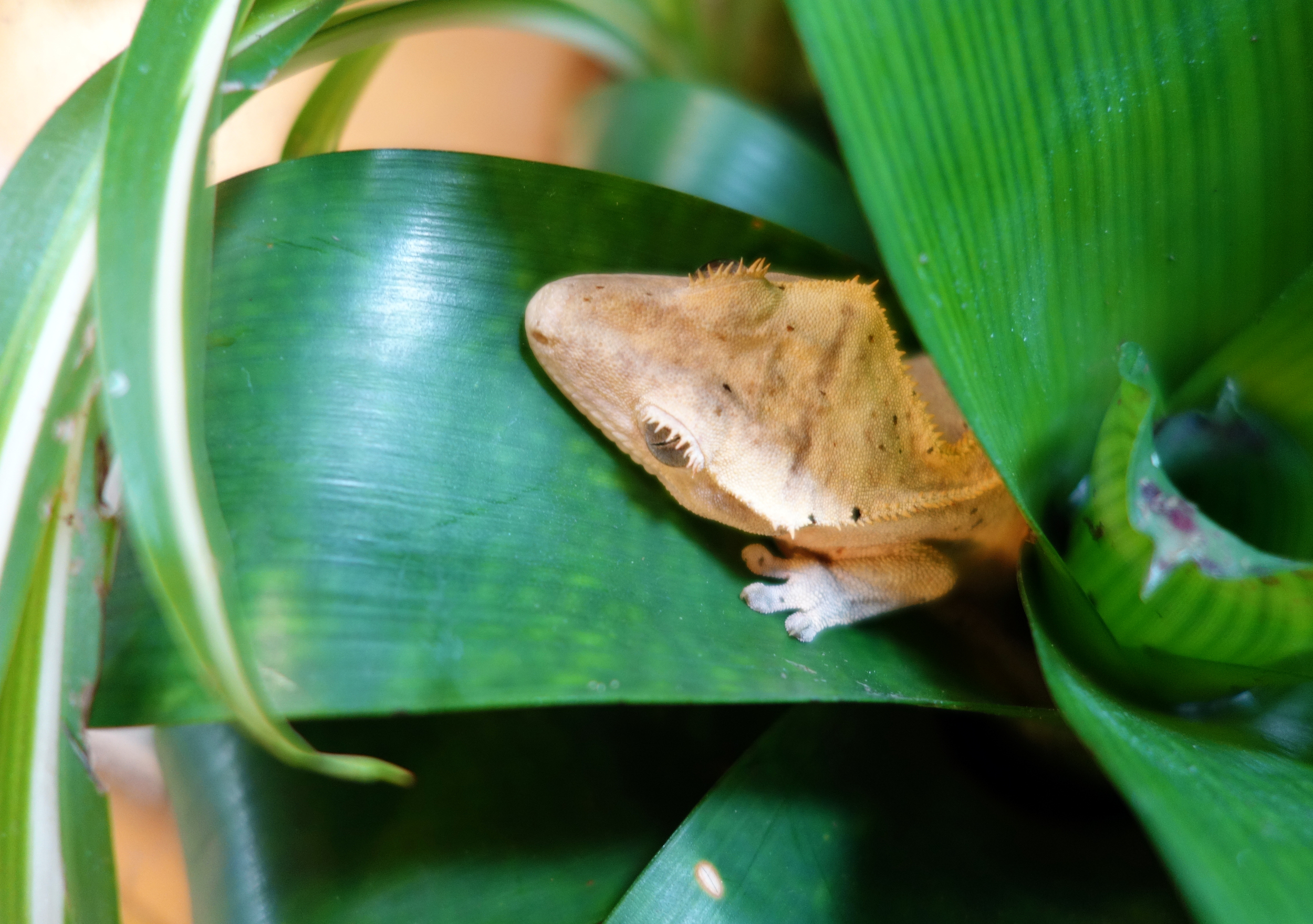On Day 4, Kinga stopped by with a heat gun that works very well, so I was able to continue to begin a couple pieces of artwork! I took another walk through the Jardin Botanique and then worked in my studio until evening. We had been invited to an annual neighborhood event starting at 7:30pm - the fête des voisins, known in the US as a block party. Neighbors in the vicinity brought potluck dishes and beverages and we all doused ourselves in mosquito repellent and had a convivial gathering until the streetlights went out at 11pm. I brought broccoli fritters and wine, but people didn't start eating until at least a half an hour after the start so my fritters cooled and weren't so tasty. Other people made great food, though! I also got to know a little bit better the villagers, though I am definitely hampered by my lack of French. I had thought that most French would understand Spanish, as that's been my experience previously, but at least in this region if they know a second language at all it's a little English. Which is of course welcome, but I am feeling the language barrier strongly compared to my travels in other countries.
Day 5 was market day in Nogent-sur-Seine, the nearby town with the train station and grocery stores. Paula and Adrian were nice enough to let me tag along (and to wait for me since I was much slower given the newness of everything). Market day is like a farmer's market plus a pop-up dollar store; I bought a new cardigan which has already proven to be a great purchase given this unseasonably cold and rainy weather, and I also bought some fresh produce and some desserts from the boulangerie (bakery) nearby. They also drove me to the grocery store to get a few more staples; I then led four store clerks and a helpful English-speaking customer in a quixotic quest to find me popcorn kernels. Apparently that's a really strange request; they sell buckets of carmel corn in the front of the store, but people don't make their own! I personally really prefer very lightly flavored popcorn - just a little salt, usually - and everywhere else I've been that's an easy accommodation but apparently not here! When I got back from shopping I was pretty exhausted. I may have still had a little jet lag, plus I didn't get enough sleep the previous night. Either way, I slept for the next few hours and then puttered around in the studio for the rest of the evening.
Day 6, Sunday, is brocante day in France. Every Sunday during the summer a different town or two holds a brocante (basically a flea market or boot sale). A large number of the locals go to these regularly; apparently it's the only way to buy dishes/bikes/easels if you're trying to save money. I was warned that they're not worthwhile if it's raining, but Adrian and Paula wanted to go despite the weather so I tagged along. It was enjoyable to see one, but the rain did deter most of the vendors from even attending and those that did quickly covered up (or just packed away) their goods right when we arrived as the rain picked up. So it was mostly a soggy bust. When we got back, more studio time! The rain is annoying for excursions, but great for my studio practice...
Day 7 was Monday, a day when pretty much everything including the Jardin Botanique is closed in France. It was also still raining. I took a walk around the village despite the rain as I was feeling cooped up. After visiting the storks and the town center, I inveigled my way into CAMAC, the other artist residency. I explored the gallery (and saw an interesting sculpture of an elongated soccer ball which I enjoyed) and the studio of one of the artists, and then as I was heading back out that artist, Augustine, actually spotted me and invited me into his room. He was leaving the next day (he was a May resident), so I was fortunate to get to see and discuss his artwork with him before he left. While discussing his work, he asked me what I planned to work on and I brought up 3P Quick Cure Clay. He was really interested, so I invited him back to my studio then and there since he was leaving the next day. We acquired another interested artist-turned-temporary-CAMAC-cook, Sasha, and set off for my studio. I showed QCC to them, and they both marveled at it - in fact, Augustine was super excited and interested in it and wanted some for himself. I told him to give me his contact details and I'd pass along the website where he could buy it. Augustine was also particularly enthusiastic about the two works-in-progress I had, which was very heartening. Particularly since these type of heavy relief pieces are somewhat new to me, I'm not 100% certain of what I'm doing so hearing positive feedback was really nice. They also gave me some constructive criticism, which I later incorporated into the piece and agree that it was helpful.
Day 8, Tuesday, was still very rainy. I had breakfast and then spent most of the late morning and early afternoon planning what I wanted to do/see in Paris on Thursday, because Paula had to go into Paris that day for a doctor's appointment and so it would be a cheap and guided way to ease into visiting the city to go with her. It is supposed to rain on Thursday, so though my first desire is to see the Jardin des Plantes and associated zoo, I decided to stick to more indoorsy activities. I've already made the rounds of the tourist destinations (the Arc de Triomphe, Sacré-Cœur, the Eiffel Tower, Notre-Dame, and so on) so I'd like to get a more local taste. I'm planning on hitting up some local markets and concept stores, and also hope to acquire more socks. I only brought five pairs, and given the weather and the fact that Europeans eschew dryers, it's a bit of a problem. After making all my plans, I realized I'd pushed lunch until very late and was starving. I popped downstairs to urgently make food... and the gas was finished. No more cooktop for me. I walked over to the Jardin to ask if they could kindly switch the gas over, but when they came it turned out the other one was also empty and no one had bothered to refill it. I was not amused, as I was at this point in full-on hangry mode. Finally it turned out that the electric plate on the cooktop was still functioning, so I used that and satiated myself. Then Patricia and I consulted on when I could go to the grocery store tomorrow, but it turned out that tomorrow was inconvenient for her so it would be better to go that evening. So we went out to get more groceries (and stopped at a local hardware store to get spray varnish for me as well; I can never bring it because it's an aerosol) and while out she invited me over to dinner. She also invited Andy, a British transplant to Marnay, and we had a very enjoyable evening - to the point where we outlasted the streetlights and Andy had to drive me the few blocks home because without the lights it was pitch black outside!
